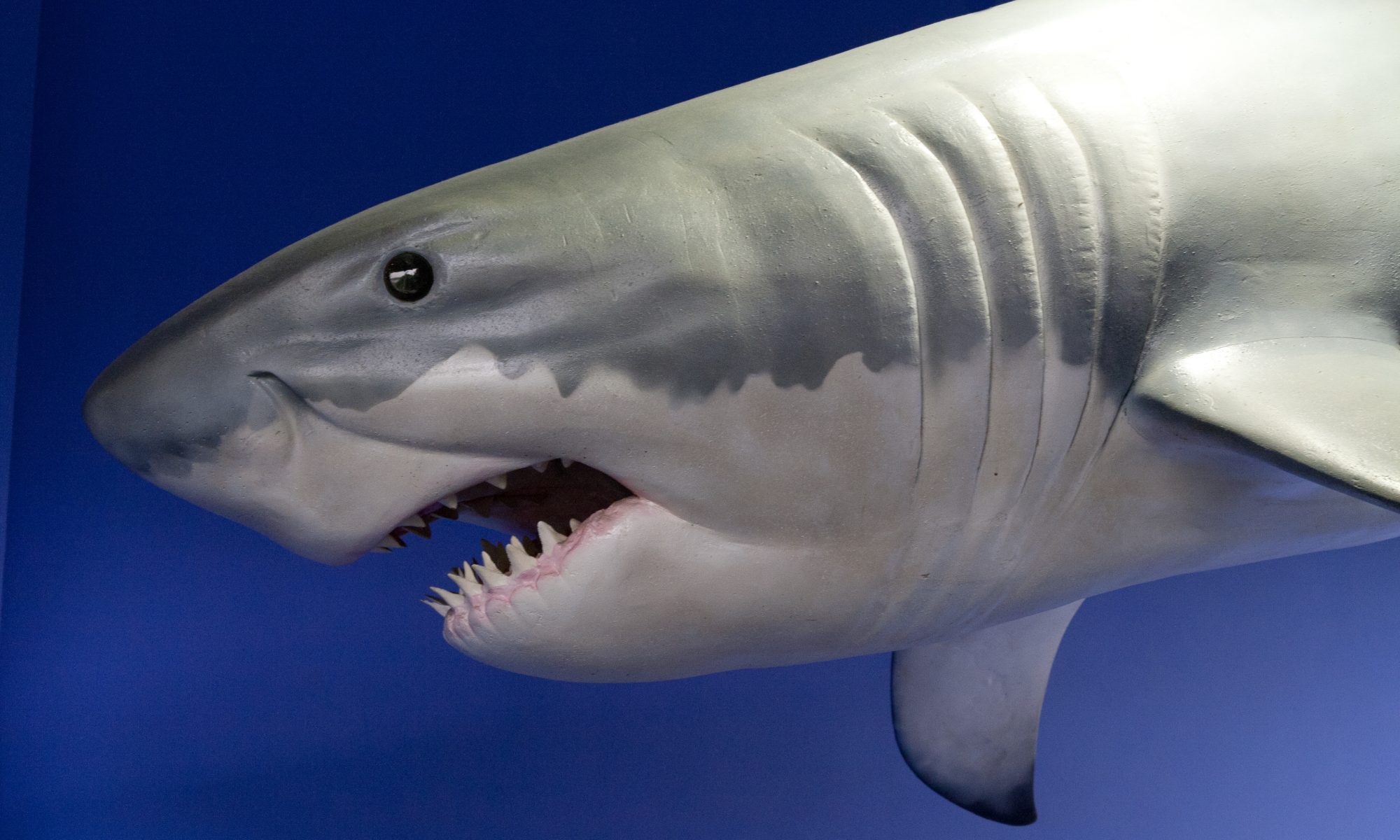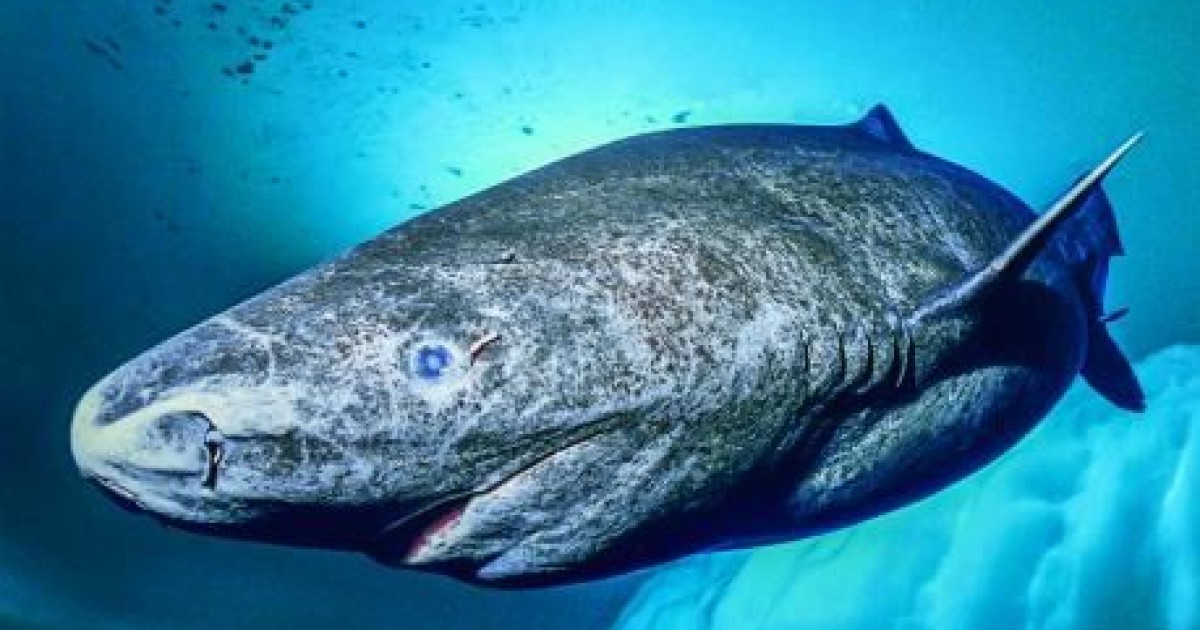20 Shark Facts That Might Make You Even More Scared of This Aquatic Creature
Let's find out shark facts that are rarely known. Do you know Sharks do not have bones but have good eyesight?

Several animals exist on the earth. Right from cute animals like rabbits and baby giraffes to deadly animals like sharks and blue whales: each animal possesses different features and habitats. When it comes to sharks, it is considered to be critically endangered but is also the majestic creatures of the seas.
Do you know 14th July is Shark Awareness Day? It is the day that focuses on the importance of marine ecosystems, especially sharks, and makes people aware of animals facing extinction. You won’t believe it, but over 465 sharks can be found on the earth.
Let us find out more shark facts that you might haven’t read anywhere.
1. They Do Not Have Bones

They use their gills to take oxygen from the water. Sharks are a special type of fish and are also known as elasmobranchs, and translates into fish made of cartilaginous tissues. Sharks have cartilages.
Their cartilaginous skeletons are lighter than true bones and have large livers. As they age, they deposit calcium salts in their skeletal cartilage. The dried jaws of sharks feel heavy and solid, like a bone. Their teeth have enamel, so they show up in the fossil record too.
2. They Have Special Electroreceptor Organs

They have special electroreceptor organs near the eyes, mouth, and nose that allow them to sense electromagnetic fields and to experience temperature shifts in the ocean. The ampullae of Lorenzini are sensing organs that form a network of jelly-filled pores. They are found in sharks and also in other animals like sturgeon and Chondrostei.
These sensory organs help fish to sense electric fields in the water. The ampullae are clustered into groups inside the body and connect with different parts of the skin.
3. They Have Been Present on the Earth for a Longer Period

Do you know sharks have been on earth for over 400 million years? They have been present before dinosaurs. Based on fossil scales found by scientists in Australia and the United States, they revealed that sharks first appeared in the ocean 455 million years ago.
4. Each Whale Shark That You Notice has Different Spot Pattern Like a Fingerprint

Whale sharks can grow up to 13 meters and weigh around 40 tons. Basking sharks can grow up to 32 feet and weigh more than 5 tons, making them the second-largest fish in the world. Here are the other largest sharks on the planet earth.
5. Not All Sharks Have Sharp Teeth

You might find this shark fact weird, but not every shark that you see has sharp teeth as you see in the movies. Over 400 different species of sharks exist on the earth and come in varieties of sizes and shapes.
While some are 8-10 inches long, others are 40 foot long whales. Some basking sharks have long teeth, but they don’t use it for feeding. Horn sharks also have molar-teeth and use them to crush hard-shelled prey.
6. Whale Sharks are Known for their Wide and Giant Mouth and Unique Markings

It is a slow-moving and filter-feeding carpet shark and also the largest extant fish species. It holds several records for being the largest living non-mammalian vertebrate. It is found in the open waters of the tropical oceans and can be found in water below 21C.
Whale sharks are not truly whales, but the world’s largest fish. They are often called gentle giants. They can process over 4000 liters of water every hour through their gills. They have small teeth and can only eat small fishes and shrimp.
Whale sharks are slow swimmers and can travel a long way. Climate changes affect Whale Sharks and their habitat. Do you know whale sharks are the greatest source of income in the community around Mafia Island?
These whale sharks are the permanent residents of the place and don't migrate like other sharks. Whale sharks are slow sharks, whereas the mako shark is the fastest in the world.
7. Sharks Have Sixth Sense That Helps Them Find Their Prey

This is another lesser-known shark fact. Sharks have a sixth sense that helps them find their prey during the last attack. The ampullae of Lorenzini found on sharks can sense the electric fields emitted by animals in the water. When a fish swims or moves its gills, it changes the electric field, and thus, sharks detect their prey.
8. Sharks Don’t Like Hunting Humans

While everyone thinks that sharks are man-eaters, the fact is they don’t hunt humans. It is recorded that 5-10 humans are attacked by sharks every year. They instead take a sample bite due to curiosity and then leave. They feed on small prey like fish. When they turn adult, they consume seals, whales, and sea lions.
9. Great White Sharks Are Super Swimmers and the Largest Predatory Fish on the Planet

Great White Sharks are grey with a white underbelly. They have a powerful tail and possess a streamlined shape.
They have 300 sharp triangular teeth arranged in seven rows. They are also known as white pointer and are a large mackerel shark that can be found in the surface waters of all oceans. According to a study, white sharks prefer to congregate deep in the North Atlantic Ocean. They have large conical scouts.
Female great white sharks are larger than males. While male great white sharks measure up to 13 ft long, females grow up to 16 ft. Like other sharks, Great White Sharks have a sixth sense given by the ampullae of Lorenzini, which allows them to detect electromagnetic fields emitted by the movement of the animals. They have a powerful sense of smell and can detect seals from two-three miles away.
10. Shark Tourism Generates Over $300 Million Annually

According to reports, sharks boost economies through ecotourism. Over the years, people have shown interest in knowing Sharks and the ecotourism industry in places like South America and the Bahamas.
Unfortunately, humans kill nearly 100 million sharks every year. Sharks are valuable to humans for several reasons, like smart design and ecotourism.
11. Shark’s Teeth are Healthier Than Yours

Can you believe this? Shark’s teeth are resistant to cavities. Their teeth are covered in enamel, known as fluorapatite. This material is resistant to acid, which is created by bacteria. Their teeth also shed and grow periodically. It is believed that an average shark mouth sees over 30,000 teeth in a lifetime.
12. Sharks Have No Vocal Cords

Sharks can’t talk to any animal, as they have no vocal cords. Instead, they communicate through body language. They swim in zig zags and shake their butt and heads to communicate with each other. Researchers have found that great white sharks are polite in comparison to other sharks. Do you know about this Shark Fact?
13. They Help to Maintain Coral Reefs

Sharks are important for ocean health. They are apex predators and influence the feeding patterns and ranges of other animals. As the shark population is declining, the health of coral reefs is deteriorating.
When sharks are not there, the predatory fish preys on the greater reign. Sometimes herbivores like algae take over and disbalance the reef system. Therefore, shark conservation projects are important to ocean ecosystems.
14. Sharks Get Killed Faster Than They Can Reproduce

One important reason why shark populations are decreasing is their slow reproductive cycle. Sharks took long years to become mature and produce offspring, often with long gestation periods.
For instance, Greenland sharks become sexually mature when they turn 150 years old. Slow reproduction means they can’t bounce back from high mortality rates. Here are the process and weird facts about shark reproduction that you should know.
15. The Biggest Shark is Nearly 85 Times Large as the Smallest

Sharks can be found in different shapes and sizes. The smallest shark is a dwarf lantern and grows up to 6 inches long. The mighty whale shark is the biggest and can grow up to 50 feet in length.
The dwarf lantern shark is the rare species to be known and can be found on the upper continental slopes of Colombia and Venezuela. They have a long flattened head and a pattern of black ventral markings.
The trunk is short and has large dorsal fins. It is brown with unique black markings on its ventral surface. It is very small in size and thus has no economic value.
16. They Can Swim in One Direction Only (Forward)

This is another amazing fact about Shark. They have a limited range of motion. Sharks can’t stop suddenly and also the only fish that can’t swim backward. If they want to reverse, they have to depend on gravity to change their direction.
17. They Have the Thickest Skin of All Species

Its skin feels like sandpaper. If you touch a shark, you will find that it is made up of a tiny-teeth-like structure called placoid scales. Sharks have the thickest skin of all species. The scales on the skin reduce friction from water when it swims.
18. Blue Sharks Are Blue

The blue shark that inhabits deep waters in the tropical oceans can live up to 20 years. Blue sharks show a brilliant blue color on the upper portion of the body and are snowy white beneath. Squid are the important prey of blue sharks but also feed on shrimp, lobster, and small sharks.
It is found that 10-15 million blue sharks are killed every year due to several reasons. Its skin is used for leather and liver for oil.
Blue sharks are amazing swimmers and have torpedo-shaped bodies. They can grow up to 15 feet in length and weigh up to 500 pounds. They hunt by detecting electromagnetic pulses and can sense heartbeat from miles away. They don’t have natural predators other than human beings.
Blue Sharks can be found everywhere, except polar circles. They are social animals but separate themselves based on gender and size.
19. Shark Ears are Located Inside Their Head

Unlike other animals, shark ears are located inside their head, behind the eyes. They are not visible and are made of 3 cartilage tubes filled with fluid and lined with hair cells. Sound waves make these tiny hairs vibrate, and then the brain interprets the sound. They don’t use their tongue to know about any object and instead use their teeth.
20. Greenland Sharks Can Tolerate Arctic Temperatures

They are native to North Atlantic waters around Greenland and Canada. Greenland sharks are the only true sub-arctic and the only species (shark) that can tolerate arctic temperatures. During summer, they stay in the ocean's depths. They can go to 2200 meters depth and rest on continental shelves.
Greenland sharks can grow up to 20 feet long and can weigh up to 2500 lbs. They can feed on everything dead or alive and are primarily scavengers. It is the slowest swimming shark in the world and has a cruising speed of 0.76mph.
Final Words
Several animals in the animal kingdom are terrifying and possess unique features. Do you know other shark facts that are terrifying as hell and are not mentioned anywhere? If yes, then drop your comments below.
Popular Posts
10 Biggest Water Dinosaurs & Sea Monsters Ever Found in Archaeology
The present-day ocean is certainly a scary place where giant sharks, whales, squids, barracuda, and numerous other marine creatures live.
Kimberly Campbell
6 Amazing Things We Should Learn From Camel Feet
Camels are a kind of mammals with the humped back, long legs, and lipped snout. They were domesticated nearly 3000 years ago are still used for transportation.
Kimberly Campbell
80 Most Popular Long Neck Dinosaurs Ever Recorded in History
Do you know the largest creatures ever walk on the earth were the long tailed and long neck dinosaurs which were called as Sauropods?
Kevin Green








